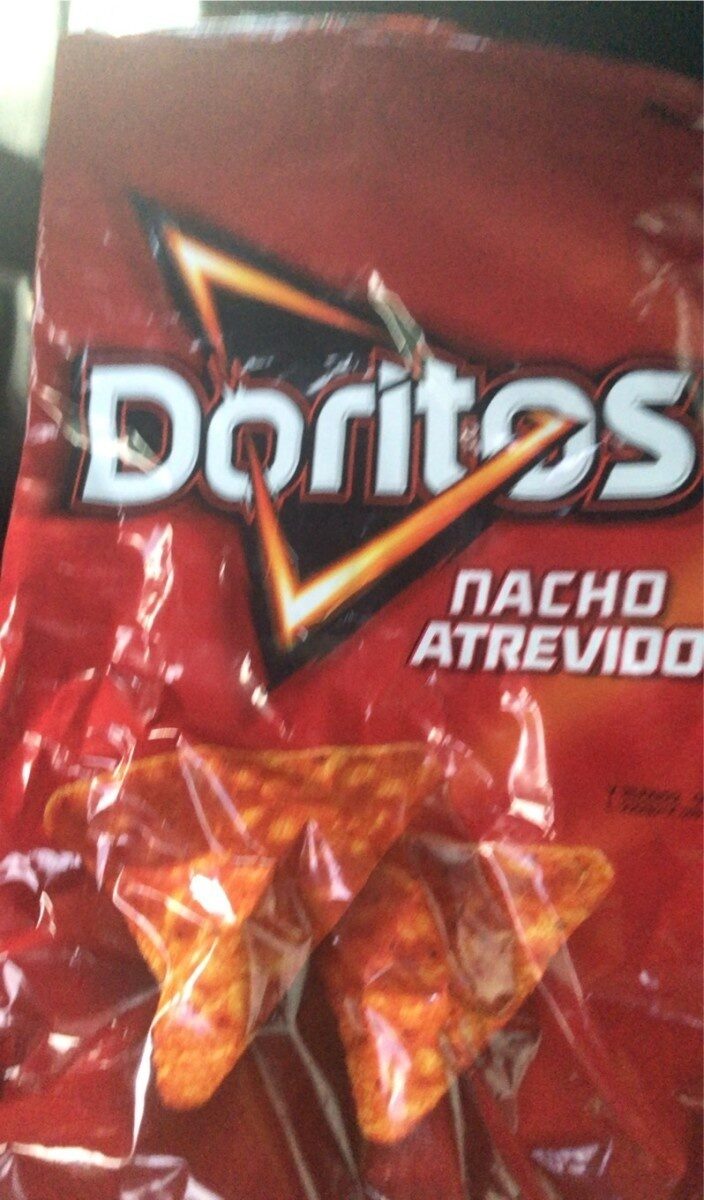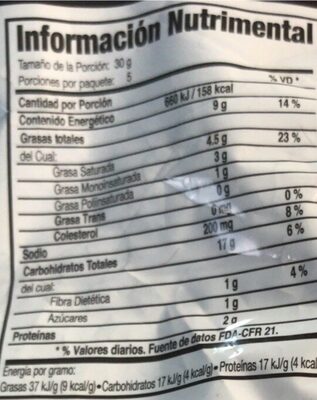Doritos -
Aquesta pàgina del producte no està completa. Podeu ajudar a completar-la editant-la i afegint-hi més dades a partir de les fotos ja disponibles, o fent-ne més amb l'aplicació de androide o iPhone / iPad. Gràcies!
×
Codi de barres: 0721282300397 (EAN / EAN-13) 721282300397 (UPC / UPC-A)
Països on es va vendre: Espanya
Matching with your preferences
Entorn
Empaquetament
Transport
Espècies amenaçades
Report a problem
Fonts de dades
Producte afegit per veganeamos
Última modificació de la pàgina del producte per kiliweb.
La pàgina del producte, també editada per acuario, openfoodfacts-contributors, yuka.sY2b0xO6T85zoF3NwEKvlkphfYPmoBzbCATVuUe64fyRdcf0fIlx4Y77Eqo.
Si les dades són incorrectes o incompletes, pot completar o corregir editant aquesta pàgina.






